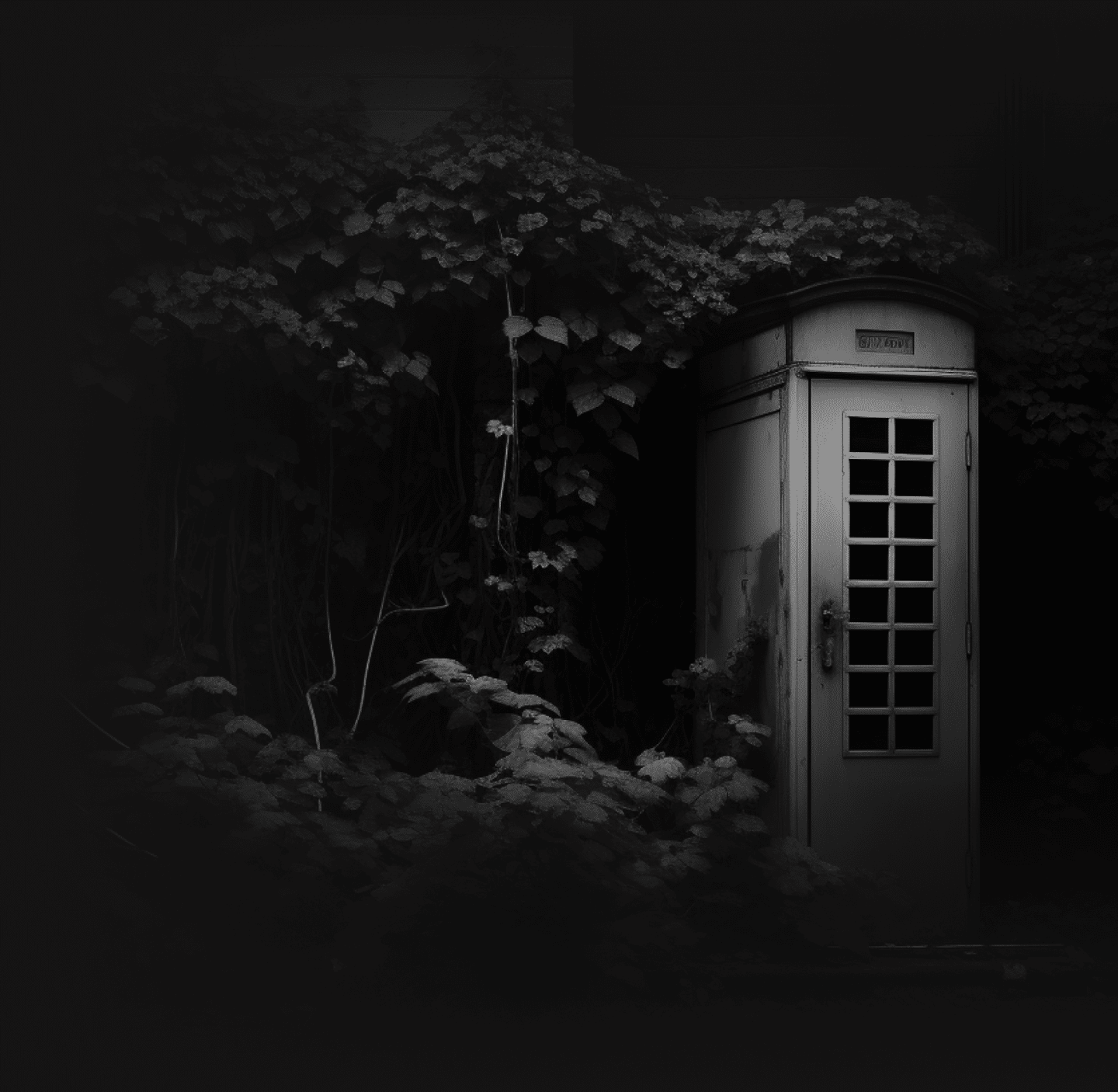
Strategy Overview: Excavation and installation of root barriers
JKSL Surveyor, Kate Hilton, completed a Japanese knotweed and invasive plant survey of the site on behalf of the client, producing AutoCAD drawings and a bespoke remediation strategy for the site which would allow the development to proceed uninhibited by the mature Japanese knotweed infestations, both on and off-site. JKSL originally looked at the project 3 years previously, but due to planning delays (and a steep site entrance coinciding with bad weather!), it took a while to get started on site.
Mechanical remediation was considered as the quickest solution to remove the Japanese knotweed from within the site boundary. This was favoured by the client as it allowed for a clean site immediately, and development works to go ahead unhindered by invasive plants.

What We Did
JKSL excavated and removed from site all Japanese knotweed including soils, and then installed a 30m-long vertical root barrier along the site boundary.
The site was adjacent to a line of protected trees, so a careful and methodical excavation had to be completed. Root barriers were installed around the roots to prevent any damage to the trees.
A 5-year chemical treatment programme will allow JKSL to monitor the infestation and administer a Glyphosate based herbicide to any re-growth which occurs over the site’s 5-year chemical treatment period, as well as any growth that emerges off-site, with permission from the neighbouring land-owner.
All of the works were signed off and completed within a 1-week period, with JKSL providing an in-house warranty, and Insurance Backed Guarantee options for the plots on site.


